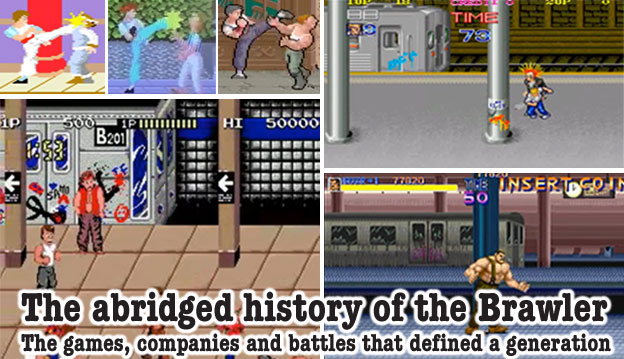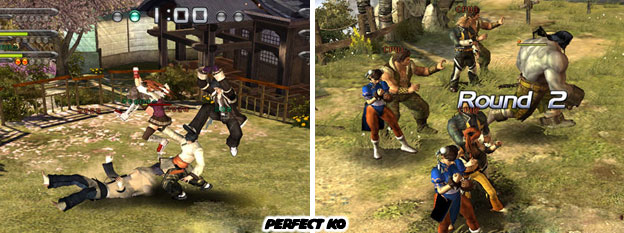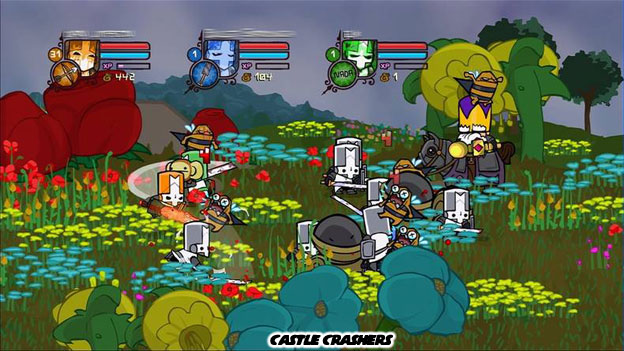
In 2007 Thingsoft developed a 3D MMO brawler titled Perfect KO. It was published in Korea by MMO giant Pmang. To help make the concept more appealing and help distinguish it from the scores of MMOs that come and go in Korea the game licensed the Street Fighter characters Ken and Chun-Li.
From all reports the game had a decent fighting engine and customizable characters, Ken and Chun-Li could not be customized. Thingsoft designed certain generic archetypes that could be clothed differently by players. Each character had a certain style, like judo or jeet kun do, and list of attacks that could not be swapped to a different character. Players chose their archetype and went at it in team battles over Asian themed levels. From everything I could gather the game played very closely to Urban Reign, which was like Tekken 5 with double and triple-team attacks.

Unfortunately even the addition of Street Fighter characters was not enough to get more players to support the title. The game lasted online from late 2007 through most of 2008 before closing down permanently.
In the US there was a brawler that seemed to come out of nowhere that proved to be much more successful and much longer lived than Perfect KO. Independent studio The Behemoth released a 4-player hack-and-slash style brawler called Castle Crashers. The game was nothing short of inspired mayhem.
Castle Crashers succeeded on several fronts. It used the tried and true gameplay mechanic of allowing characters to attack only to the left or right. Players could upgrade their weapons and team up against larger opponents. Best of all the game featured a distinct animated style. The "soulless" 3D models from other brawling attempts could never match the artistic stylings of sprite-based artwork. The 2D figures in Capcom's Dungeons and Dragon titles were aesthetically superior to the 3D models used in Brezza's The Crystal of Kings In Castle Crashers the levels, characters and opponents were all created in the 2D Flash format. This vector-based engine could be scaled in our out by the game camera without the pixelation issues that plagued earlier sprite-based brawlers. Flash also allowed for effects, layers, transparencies and filters to be applied to the game. Those would have been slightly harder to program in sprite-based brawlers. The Flash format also allowed the game to be distributed online through webpages and reach a broad audience. The game was so well received that it eventually found its way onto Xbox Live where even more players got a chance to experience the mayhem with their friends.

I am not a fan of the over-stylized character designs in Castle Crashers or The Behemoth's previous Flash-based hit Alien Homonid. Artistically speaking the character and level designs looked dis-proportioned and rough especially when compared to Earthworm Jim, a console game that predated it by a decade. But my personal tastes aside, The Behemoth showed that the genre still worked, was viable and could be popular if only studios would observe the importance of preserving the 2D play mechanics and stop trying to force the genre to adopt the 3D standard. The last three games for this blog series would challenge the concepts of the brawler and try to reinvent arcade classics for a new audience. I hope to see you back for the final blog in this series. As always if you enjoyed this blog and would like to sponsor me please visit my Patreon page and consider donating each month, even as little as $1 would help make better blogs and even podcasts!

No comments:
Post a Comment